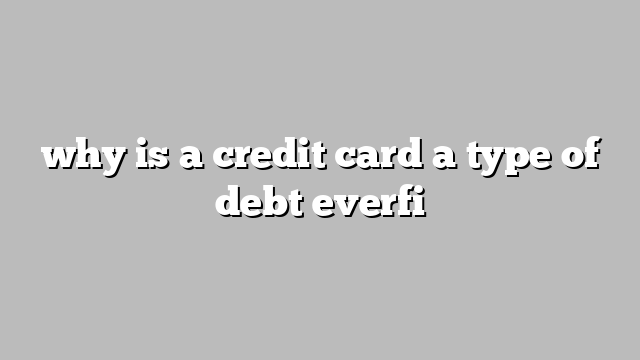Why is a Credit Card a Type of Debt? – According to Everfi

Ever wondered why using a credit card feels different from simply paying with cash? While both methods allow you to purchase things, there’s a key difference: credit cards involve debt. But why exactly is that? Let’s dive in and see what Everfi has to say about it.
Why is a Credit Card a Type of Debt?
Credit Card is a Type of Debt Because it grants you “borrowed power,” letting you buy now and pay later. This means you can make purchases even if you don’t have the funds available in your bank account at the moment. Consider it as a loan from the card company, with interest as the price tag.
Key Points that Credit Card is a Type of Debt:
- Credit cards allow you to borrow money to make purchases, unlike cash.
- This borrowing comes with a small fee called interest.
- Using your credit card adds to your debt if not paid back promptly.
- Responsible credit card usage involves paying your balance in full each month.
Fee Structure:
Now, this borrowing power doesn’t come entirely free. Credit card companies typically charge a small fee, known as interest, for the money you borrow. This fee is calculated based on the outstanding balance you carry on your card each month. So, the longer you take to pay back what you borrow, the more interest you accrue, increasing your overall debt.
Hidden Ways Your Credit Card Can Grow Debt
While you might often think of using credit cards at stores, their reach extends further. You can also use them for online purchases, bill payments, and even cash advances, all of which add to your debt if not managed responsibly.
Responsible Borrowing is Key:
Using a credit card can be a valuable tool for building credit and managing finances effectively. However, it’s crucial to remember that it’s borrowing money, not free spending. Always strive to pay off your balance in full each month to avoid accumulating debt and interest charges.
Conclusion:
By understanding these core principles, you can leverage the power of credit cards responsibly and navigate them as a valuable financial tool, not a burden of debt.